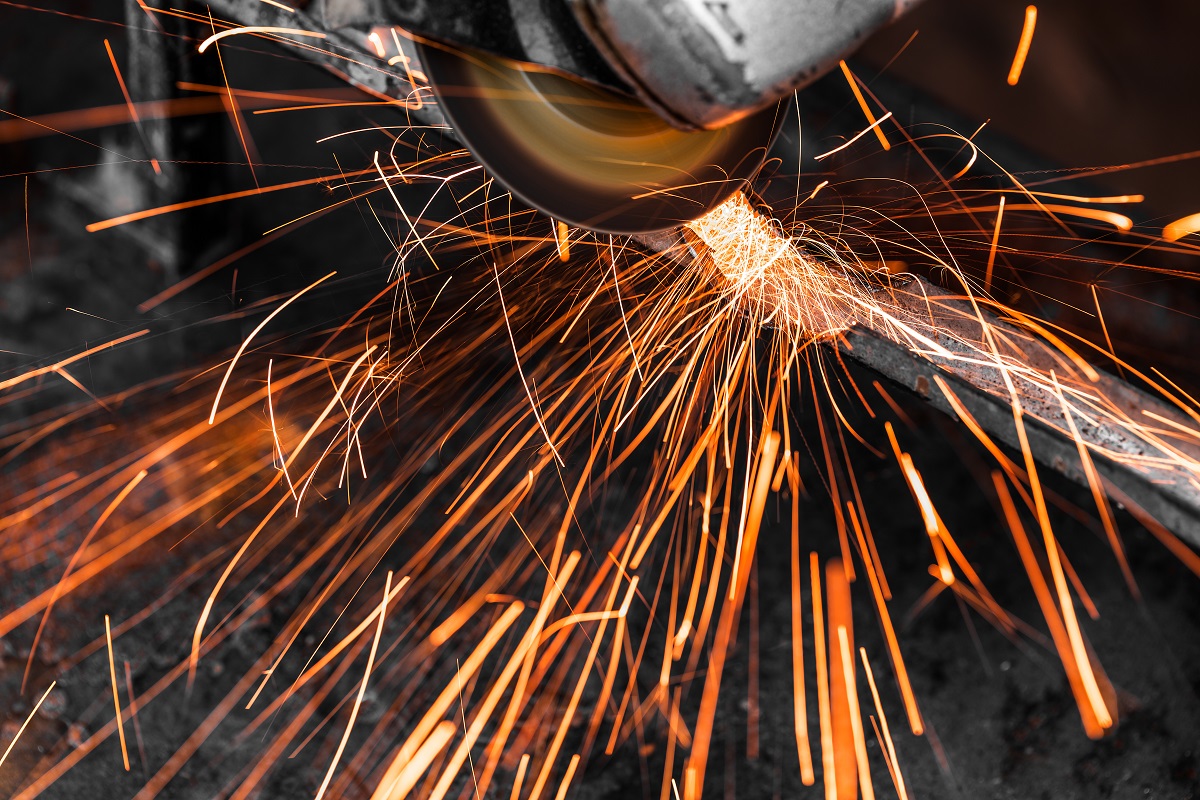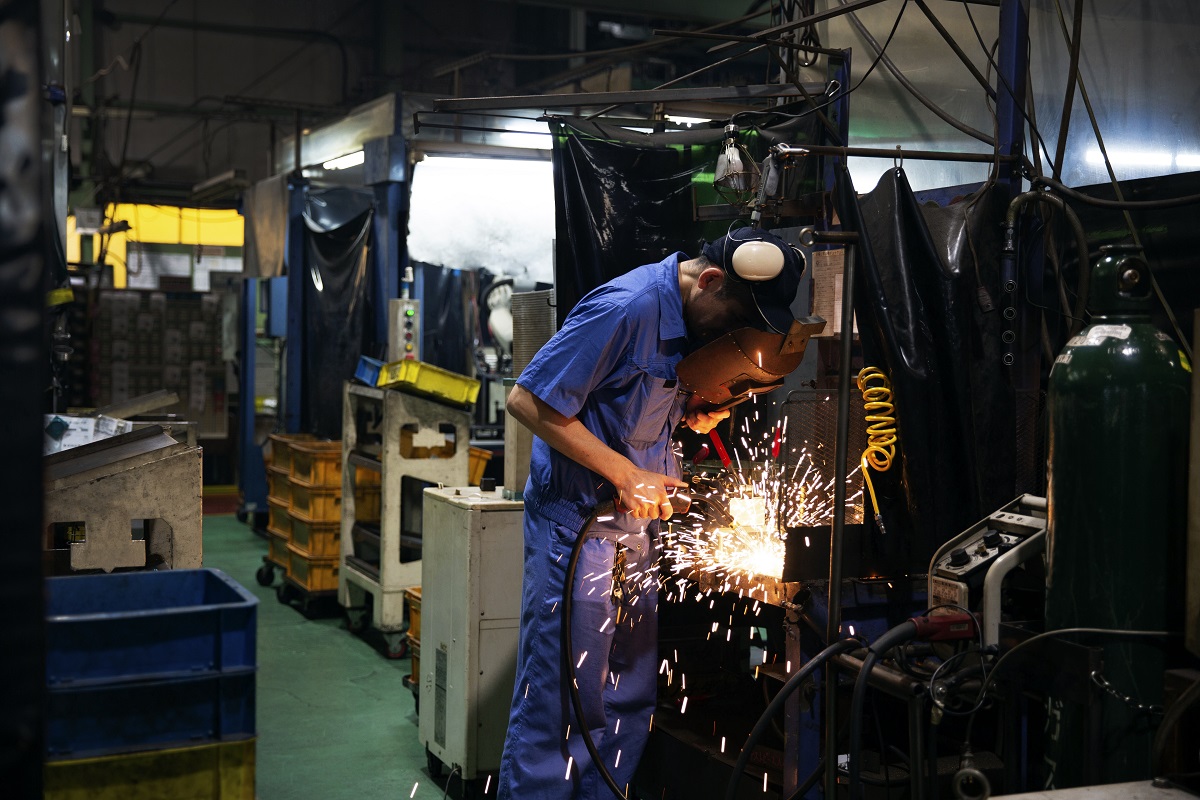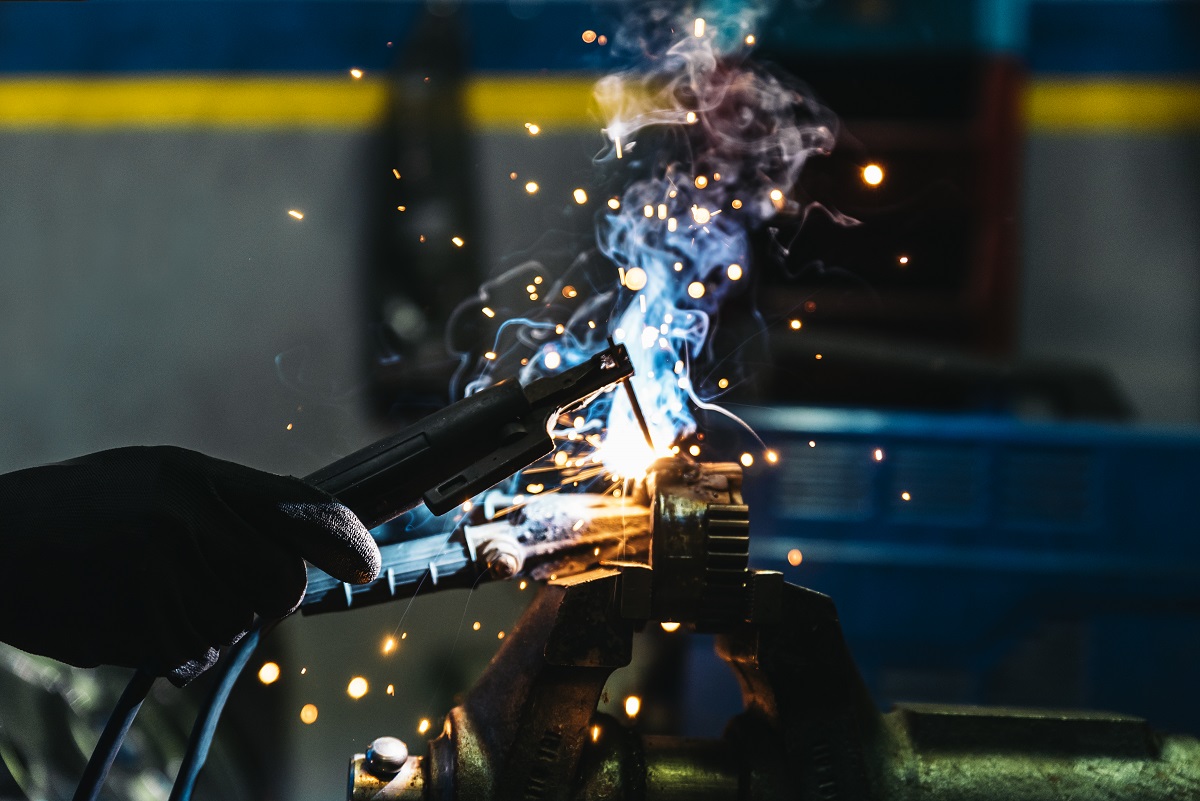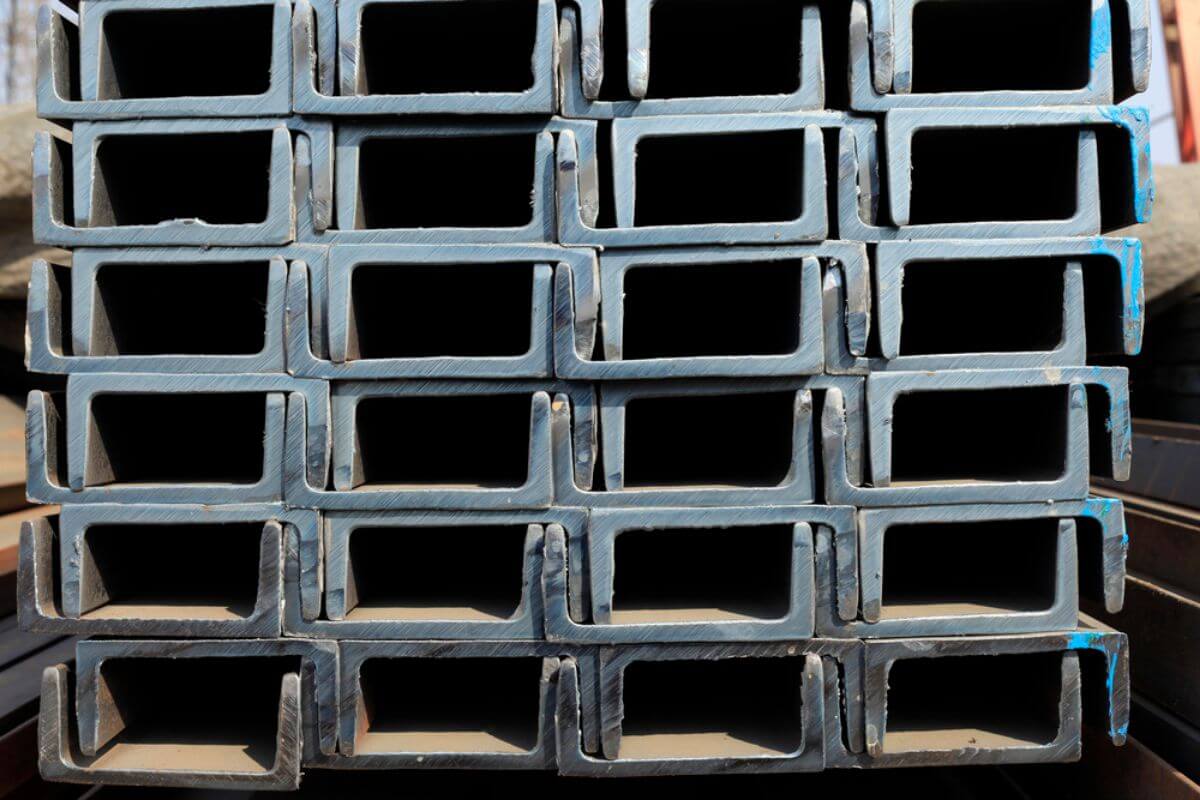What are the differences between welding and metal fabrication?
- Tools
- Methods
- Skills set
- Safety precautions
Fabrication and welding are oftentimes used interchangeably in metal manufacturing, but this shouldn’t be the case. When it comes to welding vs metal fabrication, understand that there are key differences between the two processes. In its most basic understanding, metal fabrication is all about cutting, shearing, or punching a sheet metal as part of a project. On the other hand, welding is the technique that involves fusing two metals together — this may encompass just a single step in a particular metal fabrication project.
Aside from the method, metal fabrication and welding also vary on a number of fronts, including the tools, secondary processes, skills set required, safety precautions, and even the raw materials used. Most metals and alloys can be fabricated, but this isn’t the case for welding, as there are some materials that have poor weldability. Whatever the case, it’s crucial to figure out the most ideal process for your next metal project, be it small or large scale. Read on to learn more.
Tools

Tools are just as equally important in these two processes. These are the equipment, machinery, and devices needed to either combine two or more materials or manipulate an object into the desired shape and form.
With that said, metal fabrication and welding largely differ in the kind of tools needed to perform the job. For metal fabrication, the list of tools will depend on the expertise of the fabricator — there are as many beginner tools as professional-grade tools. Any company that calls itself a sheet metal fabricator should always have basic tooling materials, such as angle grinders, shears, grinder disc, wire cutter, drill bits, or cleco fasteners.
Meanwhile, welding may make use of an altogether unique set of tools. Welders will usually be found wielding the following objects: abrasives, electrodes (consumable/non-consumable), cylinders, benders, chipping hammers, welding clamps, TIG (Tungsten Inert Gas) consumables, grips, soapstones, hand files, etc.
Despite these differences, both processes require materials for cleaning and disinfection. Fabricators and welders keep their workspaces clean and organized by using sweepers, brushes, wire brushes, degreasers, or any mild solution — all of these are essential in preparing the raw materials for either welding or fabrication.
Methods
Welding is understood to be a metal forming technique, which means that it always goes hand-in-hand with fabrication. Likewise, the kind of welding technique will also depend on several factors: availability of equipment, type of metal/alloy, product specifications, and the like.
Whereas in metal fabrication, these techniques will be classified according to the type of alteration formed on the material. It may also involve specialty techniques that make use of cutting and tool metals to achieve durable finished parts.
Welding techniques can be categorized into these processes:
- TIG-Gas Tungsten Arc Welding (GTAW)
- Shielded Metal Arc Welding (SMAW or stick welding)
- Flux-Cored Arc Welding (FCAW)
- Laser Beam Welding
- Electron Beam Welding
- Plasma Arc Welding
As mentioned, metal fabrication processes are usually a part of an overarching metal project. Metal fabricated parts are not considered as finished products on their own, but rather as assembly parts. Fabrication may then further be classified into casting, drawing, folding, extrusion, machining, shearing, punching, cutting, and many more. These are done to achieve pre-finished metal or alloy parts that may undergo further manufacturing or assembly.
Skills Set

Since both welding and metal fabrication involve manufacturing, the skills set required for these two fields of trades will often overlap. For example, fabricators and welders must have an exceptional command of technical terms, as well as, ability to read and interpret technical documents. This knowledge allows both to use the right raw materials, equipment, safety gear, and devices for the job.
Metal fabricators and welders alike are skilled at determining project requirements. This means that they are able to accurately read project blueprints, plans, and other supplementary resources needed for satisfactory outcomes. They also see to it that during their respective tasks, they are able to follow detailed instructions, execute procedures, and know the safety requirements.
With the similarities above, also come the differences. Ultimately welders and fabricators need to be adept in the industry-specific requirements for both types of trades. Cutting tools require a totally unique set of skills as operating and handling welding equipment do.
Safety Precautions
Any manufacturing company has to ensure the safety of their on-site employees who are directly operating equipment and exposed to high-risk environments. This is made possible by implementing safety requirements in order to keep the worksite free from clutter and prevent employees from exposing themselves to hazardous situations.
As a general rule, welding and fabrication companies should have conducted prior risk assessments to come up with an effective set of health and safety protocols.
For welding, this means protecting workers against electric shocks by cleaning wet areas, wearing fire-rated clothing, equipping them with helmets, safety goggles, and the like.
Meanwhile, the risks for metal fabrication may come from accidents due to misuse of equipment or electrical damage. Protecting workers against cuts and bruises are paramount to their safety — they have to be equipped with safety glasses, industrial ear muffs, lenses, hard hats, eye protection, high-visibility clothing, and other kinds of PPE.
Key Takeaway
Between welding vs metal fabrication, you’ll discover that each has its own similarities and differences from the other. For example, both trades focus on the manufacture and assembly of metal parts and alloys. Professions from both sides also follow safety procedures to ensure efficiency and avoid potential accidents.
Nevertheless, these two techniques entail distinct processes, tools, methods, and skills set from each other. Being aware of these nuances will help businesses and professionals to choose the most appropriate trade for their projects.







